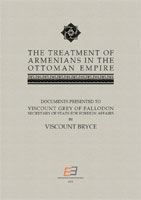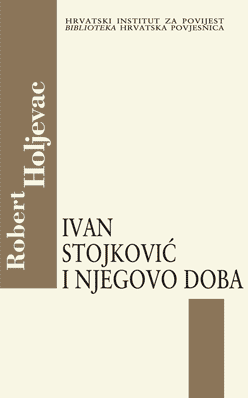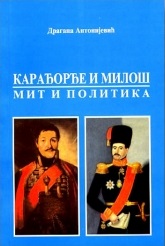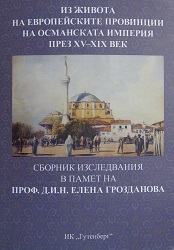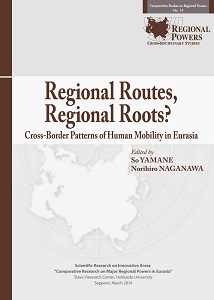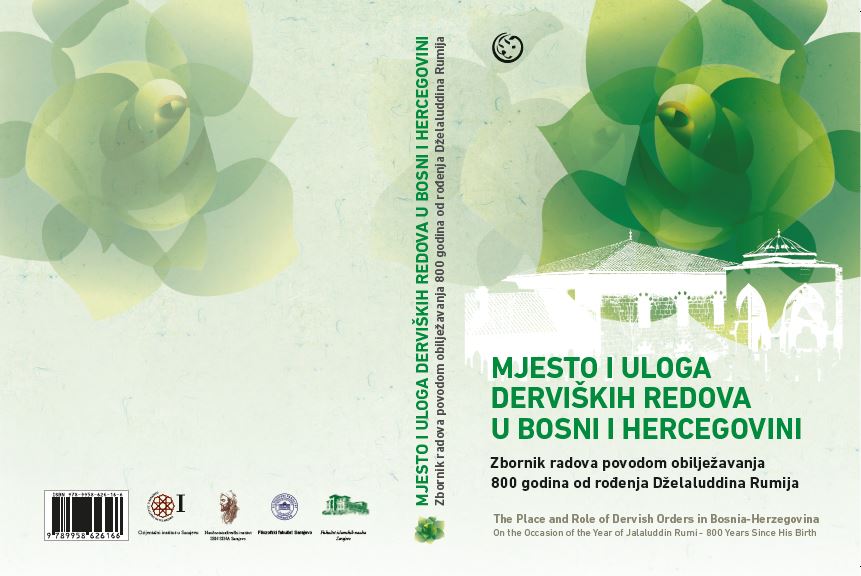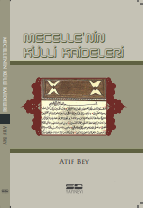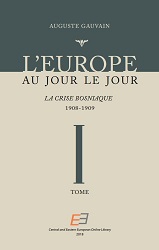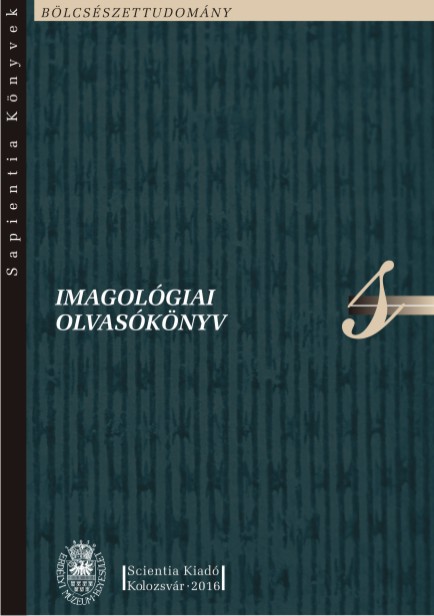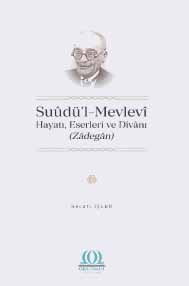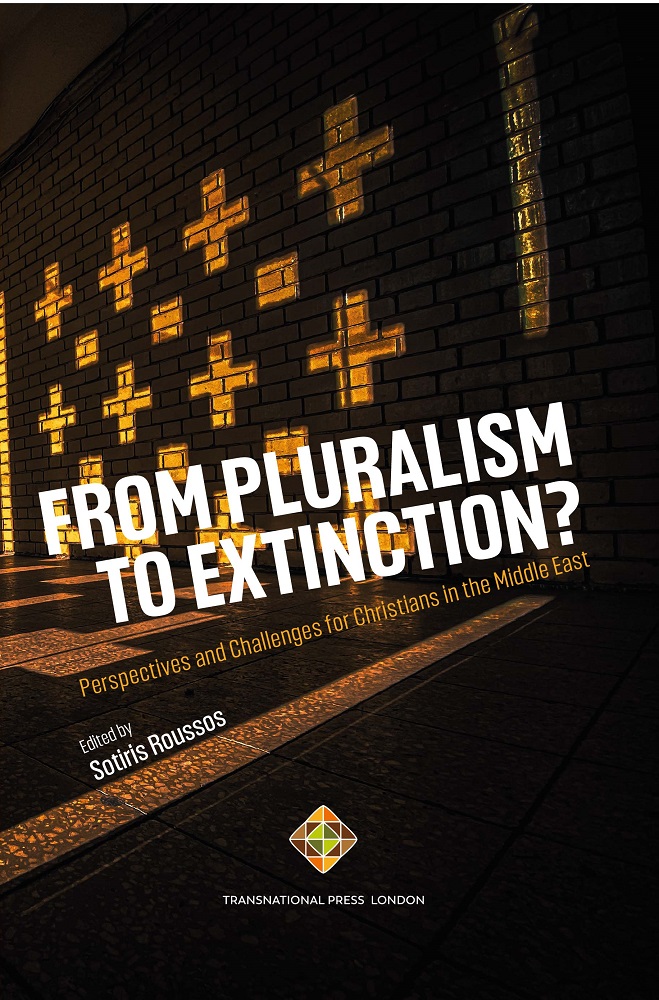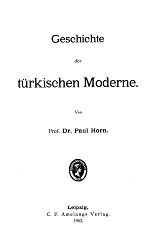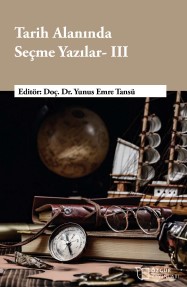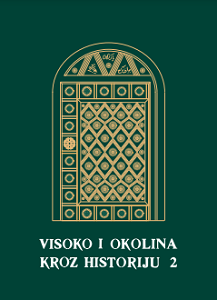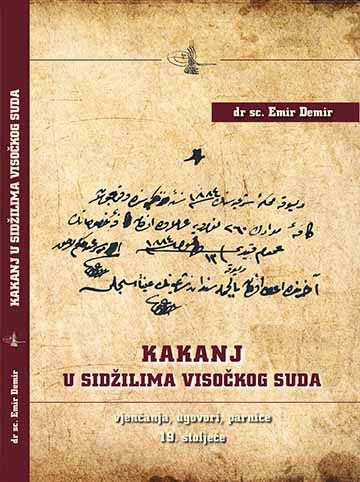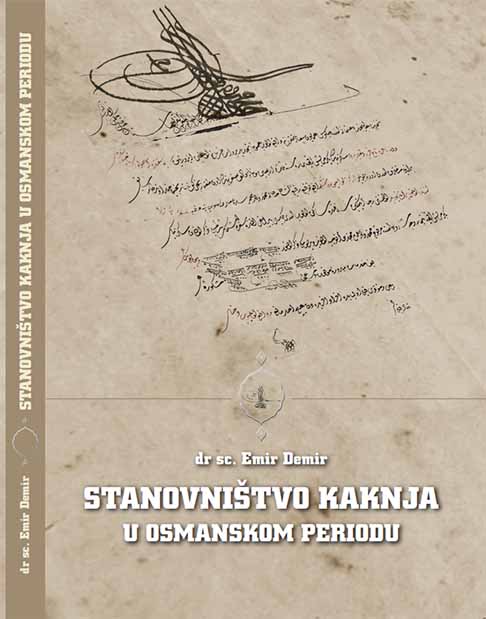Author(s): Gülin Öztürk / Language(s): Turkish
Publication Year: 0
Information concerning many disciplines can be found on the subjects of Turkish medical texts. In this direction, the texts are examined in terms of history of medicine, language studies, biology, folklore, place names, measurement names and biographical topics. However, this does not mean that all the topics in the texts are covered. Because there are many other issues that need to be examined regarding these texts. One of these is the subject of cancer and its treatments, which cannot be encountered in literature reviews. In this study, the knowledge about cancer disease and its treatments in the mentioned texts is described. It is hoped that the data to be obtained will contribute to the studies of alternative medicine and their treatment, especially the history of cancer disease. The study is limited to the subject of cancer and two medical texts written in the 17th century. It should be emphasized that the study was not prepared as a treatment recommendation. The study is an overview of the historical development of traditional Turkish medicine in Anatolia; words used for cancer in medical texts; It consists of the understanding of humoral patology theory/ahlat-ı erbaa in the medical texts of the Islamic period, information about the scanned works, analysis and conclusion. In the texts examined, it was seen that there was an explanation that cancer was caused by the burning of the sevda hıltı (a kind of humor in body). Sevda hıltı (the humor of sevda) is one of the four humor and has a cold and dry feature. It has also been stated that cancer (especially seretan) is caused by salt. It was also emphasized that the root of the seretan. In the texts, cancer is expressed with the words seretan, akile, ganzarniya, hora, yinür baş, akile. Seretan is described as a firm and firm swelling, and it is explained that it is usually in the breasts of women. Ganzarniya has been expressed as the type of aqila. Akile, hora and yinür baş are also referred to as non-healing and expanding wounds. It can also occur in the mind, mouth, nose and teeth. It has been seen that diseases and symptoms such as boils, naughty wounds, wounds, nasty and malignant wounds, dryness, mouth sores, rotten flesh are also frequently included in the places where these expressions are used. As understood from the statements about cancer, its type exhibits visible features and is located on the outer part of the body. No information was found about the types of internal cancer. It has been observed that different methods are used in the treatment of cancer. It has been suggested that blood should be taken from the vein of the echel (ekhel) vein, and the patient should have a lot of diarrhea (with cooked a kind of plant (bağboza otu)) in the treatment. In nutrition, it is recommended not to consume foods that contain sevda (a kind of humor) and foods that will stimulate sevda hıltı (a kind of humor). In this direction, eggplant, beef and goat meat should not be eaten and hard foods should be avoided. It has not been explained what the drugs that are emphasized as hard, that is, rude and harsh, are. It has been emphasized that cauterization is very useful in cancer treatment, especially in cancer types with injured and rotten flesh. Etching, according to the text, is beneficial at the onset of cancer. Treatment applications can also be made with mixtures of bandage and special ointments. Besides acid, sugar, stone, there are also herbal, animal, mineral treatments.
More...
